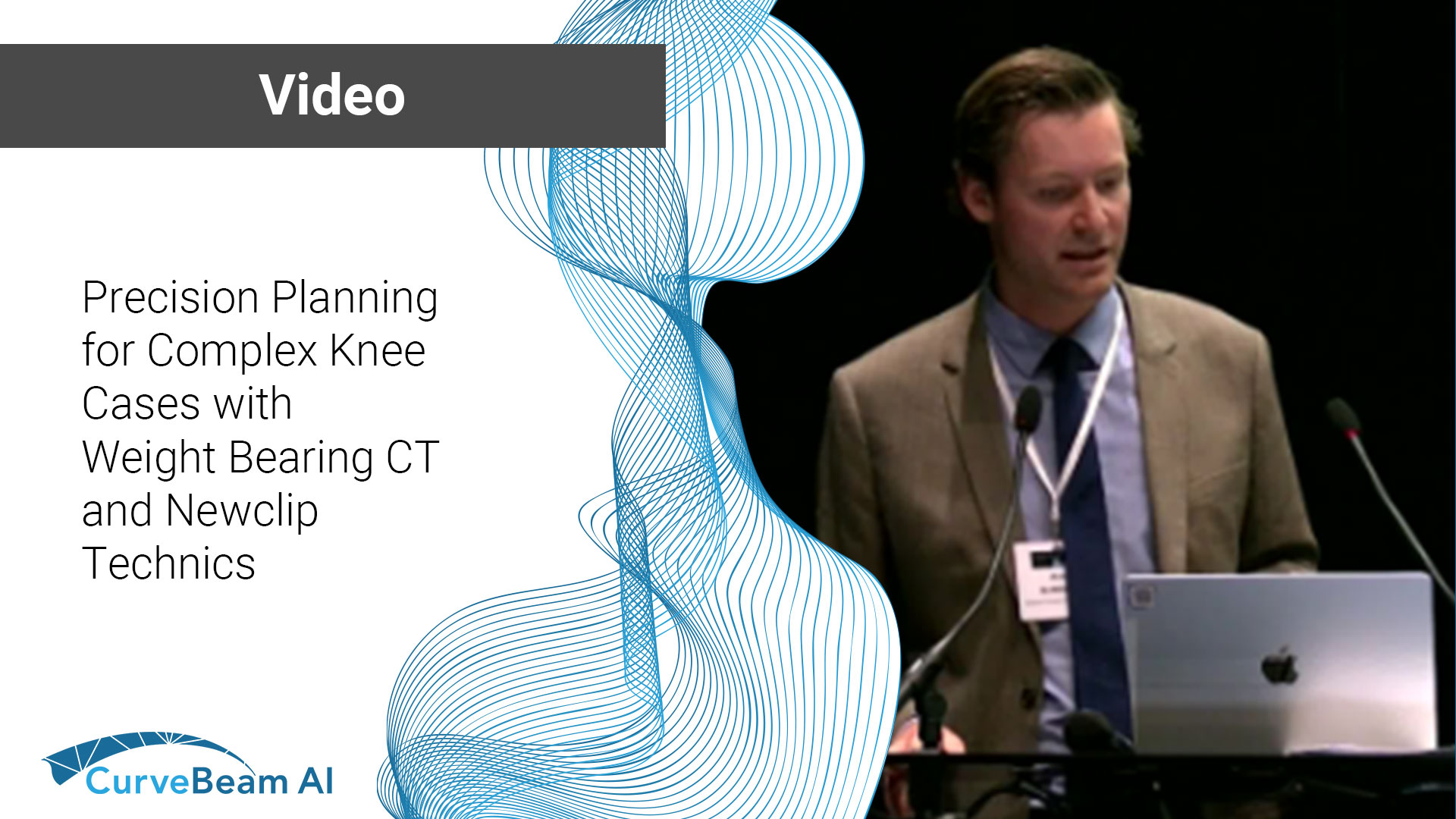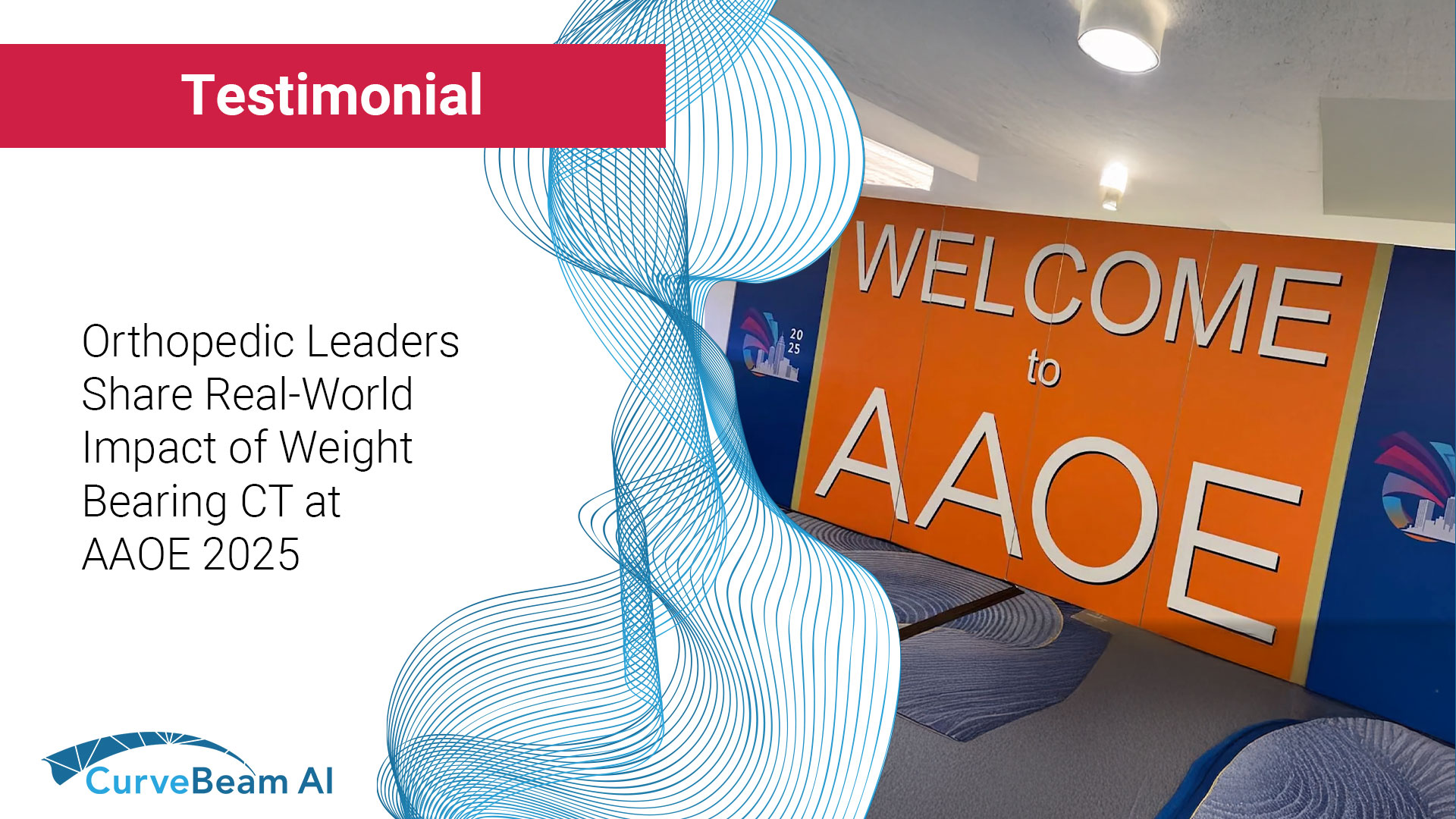AOFAS Annual Meeting 2025
WBCT SYMPOSIUM: Updates in WBCT Foot and Ankle Research September 12, 2025 | 7:00–8:30 AM | Room 111 Registration at https://rb.gy/alu28m Sessions of Note: THURSDAY, September 11 12:30 - 1:30 PM Paper Session 2B Moderators: J. Benjamin Jackson III, MD,…
Smarter Surgical Planning Starts with Weight Bearing CT: Highlights from CurveBeam AI at the Robotic Knee Conference
For Scientific Exchange Only – Not for Promotional Use. This communication includes information about an unapproved use of a medical product. The safety and effectiveness of this use has not been established.
Orthopedic Leaders Share Real-World Impact of Weight Bearing CT at AAOE 2025
At the 2025 American Alliance of Orthopedic Executives (AAOE) Annual Conference in Atlanta, CurveBeam AI connected with orthopedic professionals who are leveraging our imaging technology to elevate patient care and streamline practice operations. Cindi Hobbs, from South Florida Orthopaedics &…











